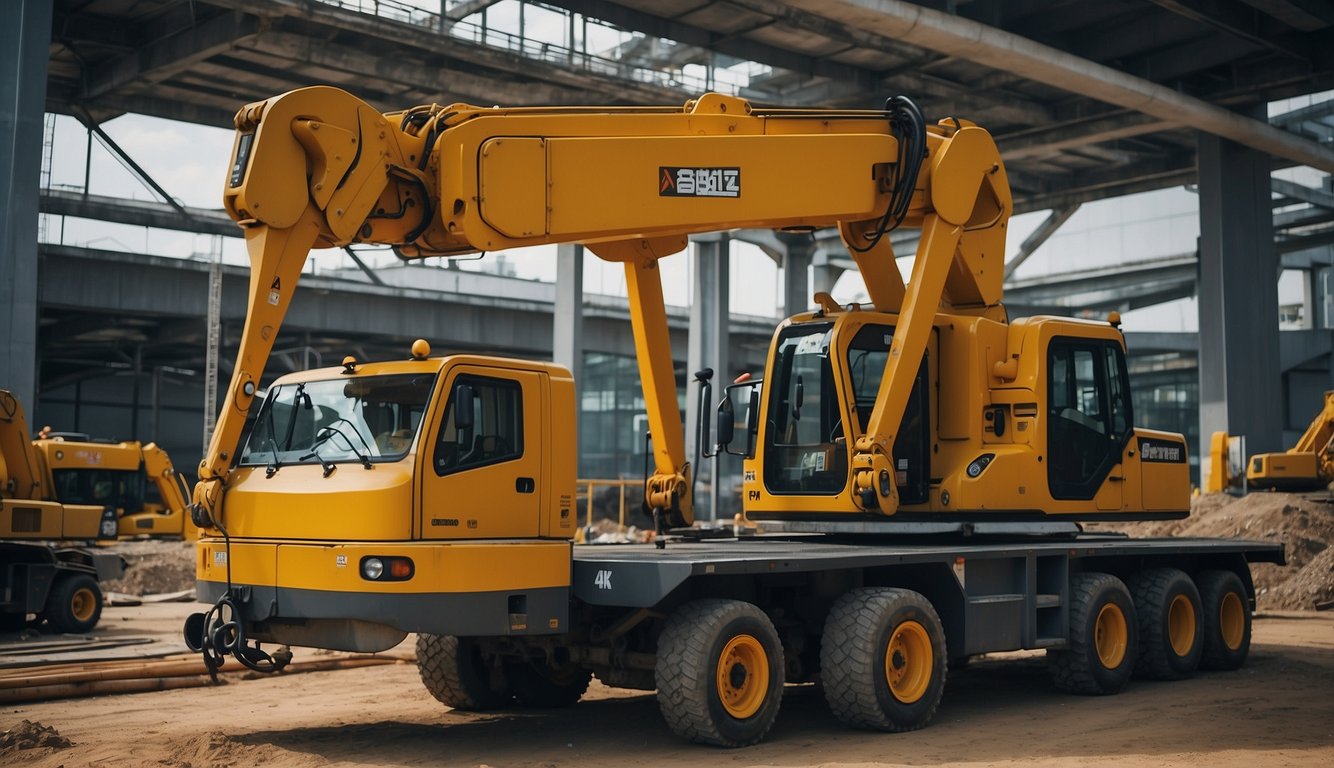
A list of the top quick suggestions for safe crane lifts is provided below to offer you a proper understanding of the Experience seamless mobile crane services across Singapore.
1. Make the Right Tool Selection
One of the most important parts of lifting a crane safely is selecting the right kind for the job. Before starting any job, make sure you use the right crane for the intended use. This action will increase security and effectiveness.
2. Arrange the lift
Assessing the state of the work site should come first. What kind of terrain is it? What kind of weather is it? Should the situation become potentially dangerous?
- You might have to put off the endeavour until things get better.
- Next, ascertain the load’s weight. Be aware of the weight you intend to carry.
- Lastly, make sure the crane can support the weight. Adapt loads accordingly.
3. Securely Align the Weight
Arrange the load according to the crane’s load capacity. Stated simply, make sure the crane you use is capable of handling the intended load. It is best to avoid overloading the crane because this might result in mishaps, injuries, and occasionally fatalities. When in operation, cranes with a higher load radius are more likely to tip over. As you go, ensure that the load is steady and balanced.
4. Use Effective Communication
Effective communication is crucial while moving large, heavy equipment.
- Ensure the other personnel on the site and the crane operator communicate clearly.
- Observe all communication conventions, such as the use of standard hand signals.
- When needed, you can make use of radios as well as additional communication tools.
On a job site, everyone should be in agreement. The main thing is to maintain your attention. Errors result from distractions, and errors result in injuries.
5. Secure the Load
- Before starting crane operations, you should double-check all connections are secure.
- Before lifting, make sure the object being lifted is securely fastened.
- Verify the correct positioning of the stabilizers, outriggers, and other safety equipment.
- Always maintain a minimum of one pair of eyes on the load.
With these qualities, the crane won’t topple over when lifting a big object. For maximum stability, outriggers ought to always be completely extended.
Observe all guidelines provided by the crane’s manufacturer. Every crane has controls and other functions of its own. The load capacity of the crane and its many safety features are described in the operator manual. Take caution when operating the crane’s controls to prevent jerks and abrupt movements. Above everything, be attentive.

